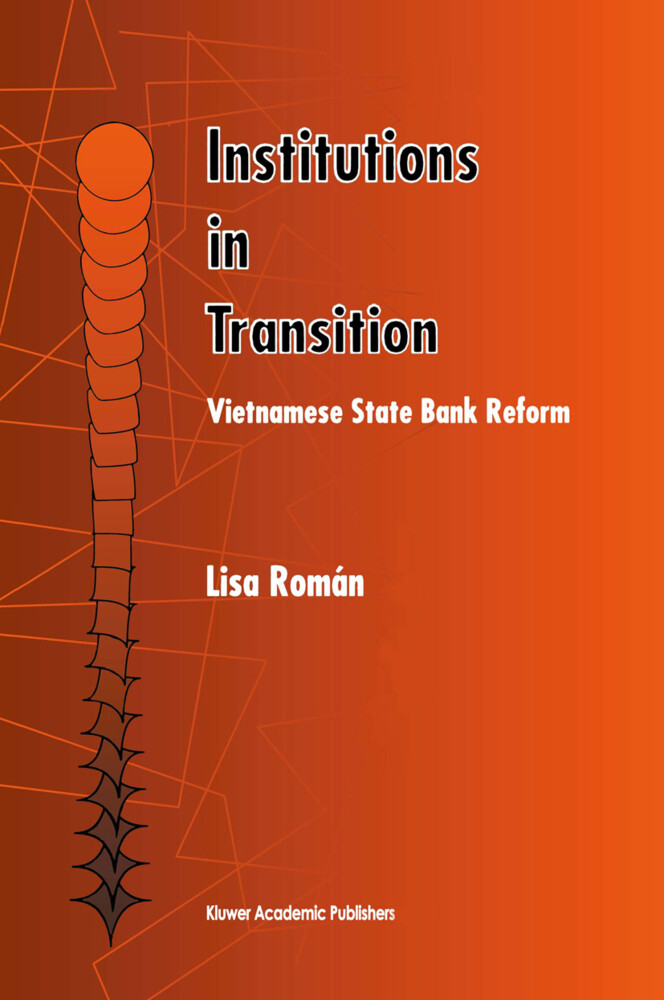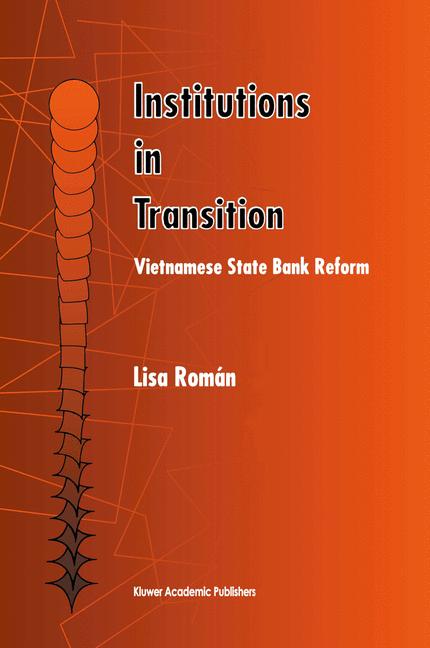
Zustellung: Mo, 11.11. - Mi, 13.11.
Versand in 2 Tagen
VersandkostenfreiBestellen & in Filiale abholen:
"If you want to become a doctor, practice in a war; if you want to become an economist, practice in Vietnam". 1 Phan Van Tiem Vietnam is one of many countries presently undergoing fundamental institutional change: the market mechanism is replacing central planning. So far, the achievements are impressive. In the mid-1980s, the country failed to feed its population, suffered from hyperinflation and faced general economic stagnation. In the early 1990s, the annual economic growth rate had accelerated to some eight to nine percent, the inflation rate had fallen to two-digit levels - sometimes even lower - and the country had become one of the world's largest rice exporters. Add some more details - the increased foreign trade, the inflow of foreign investments, the diversification of agriculture, and ~e various reform measures taken to alter the basic economic structure - and the success story of the Vietnamese transition is told. The country has hence followed the same path as its northern neighbor China, and provided a counterexample to much more cumbersome processes that have been adopted in a number of other transforming countries, notably those of the former USSR. This transition is by no means over. Indeed, it is misleading to think of transition as a process that departs from a well-defined pre-condition and moves towards an equally well defined end-point.
Inhaltsverzeichnis
I Introduction.- 1. A STUDY OF THE VIETNAMESE BANKING SYSTEM.- 2. THE EMPIRICAL STUDY.- 3. RECENT DEVELOPMENTS.- 4. THE STRUCTURE OF THE STUDY.- II Banks and Transition A Theoretical Framework.- 1. THE INSTITUTIONAL PERSPECTIVE.- 2. BANKING THEORIES.- 3. THE PROBLEM OF CENTRAL PLANNING.- 4. THE REFORM PROCESS.- 5. REFORM OF THE FINANCIAL SYSTEM.- 6. APPROACHES TO THE TRANSITION PROBLEM.- III Vietnam: History and Economy.- 1. A brief history of Vietnam.- 2. SOCIALIST VIETNAM.- 3. DOI MOI ECONOMIC REFORMS AFTER 1986.- IV Banking in Vietnam.- 1. FINANCE AND DEVELOPMENT IN VIETNAM.- 2. THE NEW LEGISLATION AND THE EMERGING STRUCTURE.- 3. THE AGENTS VIEW.- V Intermediation and Performance.- 1. RESOURCE MOBILIZATION AND CREDIT ALLOCATION.- 2. INTEREST RATES.- 3. THE PAYMENT SYSTEM.- 4. DEBT AND REPAYMENTS.- 5. PROFITABILITY AND COMPETITION.- VI The Institutional Environment.- 1. ORGANISATION AND BANKING SKILLS.- 2. RULES AND REGULATION.- 3. THE BANK AUTHORITIES.- VII Concluding Discussion.- 1. COORDINATION AND MOTIVATION.- 2. INCOMPLETE DECENTRALIZATION AND UNCLEAR RULES.- References.
Produktdetails
Erscheinungsdatum
22. März 2013
Sprache
englisch
Auflage
Softcover reprint of the original 1st ed. 1999
Seitenanzahl
236
Autor/Autorin
Lisa Román
Verlag/Hersteller
Produktart
kartoniert
Abbildungen
IX, 223 p.
Gewicht
384 g
Größe (L/B/H)
240/160/13 mm
Sonstiges
Paperback
ISBN
9781461372615
Entdecken Sie mehr
Bewertungen
0 Bewertungen
Es wurden noch keine Bewertungen abgegeben. Schreiben Sie die erste Bewertung zu "Institutions in Transition" und helfen Sie damit anderen bei der Kaufentscheidung.










